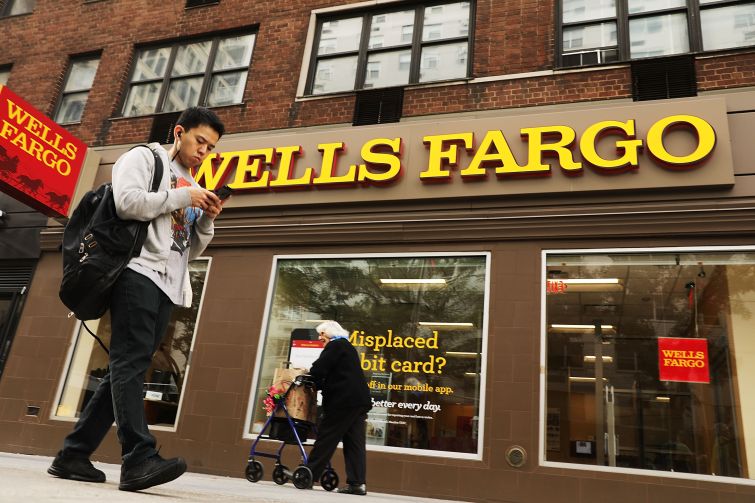Report: CRE Lending Stabilized Somewhat in Q3
CBRE analysis shows improved lending metrics and higher loan-to-value ratios
By Brian Pascus November 13, 2023 2:07 pm
reprints
Commercial real estate lending appears to be finding its footing on solid ground.
But it’s still a long, long way from where it was only one year ago.
A new report from global commercial real estate company CBRE (CBRE) found that CBRE-originated commercial loan closings in the U.S. declined only 3 percent between the second quarter and the third quarter of 2023. However, while the lending spread is tightening, those originations levels are still 48 percent lower than last year’s third-quarter volumes.
While the decrease in lending can largely be attributed to higher interest rates and a broad liquidity pullback from commercial lenders following spring’s regional banking crisis, the feeling that Federal Reserve Chairman Jerome Powell is settling on a base interest rate has combined with a collective sense that cap rates are now more predictable. The result? A loosening of credit markets and money flowing into projects once again.
Construction loans comprised half of all third-quarter loans, according to CBRE.
“While capital markets headwinds continue, we are seeing signs that lending conditions may be stabilizing for certain asset classes,” said James Millon, U.S. president of debt and structured finance for CBRE. “Credit is gradually loosening, cap rates are resetting higher, and the Fed’s rate hiking campaign may be near the end, which collectively could pave the way for an uptick in deal volume in the second half of next year.”
Despite the recent upheaval this year — which saw three of the four largest commercial bank failures ever occur in a seven-week period — banks and life insurance companies remain the most popular sources of non-agency debt for commercial real estate.
Banks took home roughly 38 percent of non-agency loan volumes in the second quarter (down 5 percent from second quarter 2023) and life insurance companies captured 33.5 percent of all originations (an increase of nearly 7 percent from the previous quarter), according to CBRE capital markets data.
Alternative lenders like debt funds and private equity firms made up the other 25 percent of the origination pie, while commercial mortgage-backed securities (CMBS) issuance plummeted to less than 1 percent, dropping from 3.7 percent in the second quarter. Industry-wide CMBS issuance stood at $26.4 billion at the end of the third quarter, a substantial decline of the $64.4 billion in CMBS issuance in third quarter 2022.
Despite the pullback across the board, lenders have also shown an increased willingness to take on more debt in recent months — a crucial metric for evaluating the health of commercial real estate capital markets.
Loan-to-value ratios averaged 58 percent in the third quarter, an increase of 2.1 percentage points from the third quarter in 2022. Multifamily loan-to-value averages stood at 62.5 percent in the third quarter, nearly a 4 percent increase from this time last year.
While we’re still a long way from the average loan-to-value ratios touching 67 percent and 73 percent, as they did in third quarter 2011 for commercial loans and the third quarter of 2016 for multifamily loans, the latest metrics point toward a healthier market in the fourth quarter of 2023.
“The commercial real estate lending market is beginning to stabilize, with borrowing costs appearing to have peaked, even as transaction activity remains subdued,” the CBRE report concluded.
Brian Pascus can be reached at bpascus@commercialobserver.com


